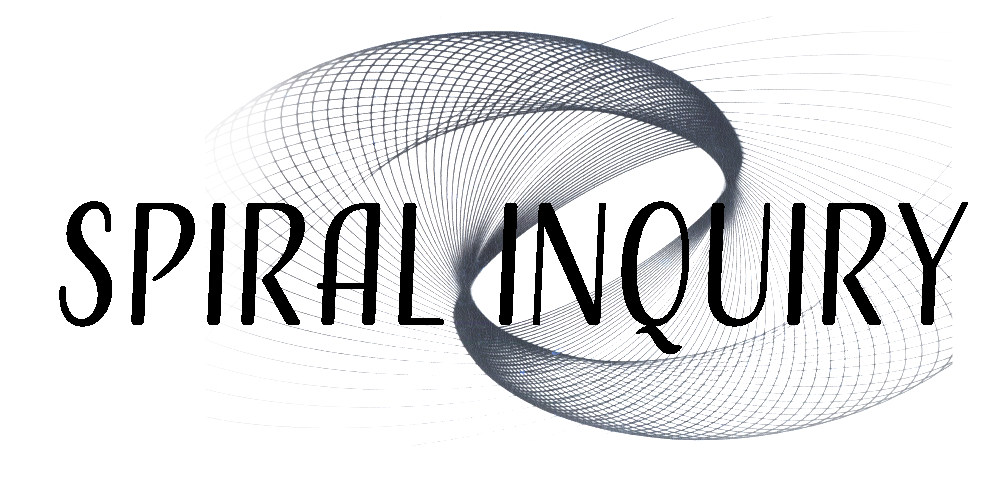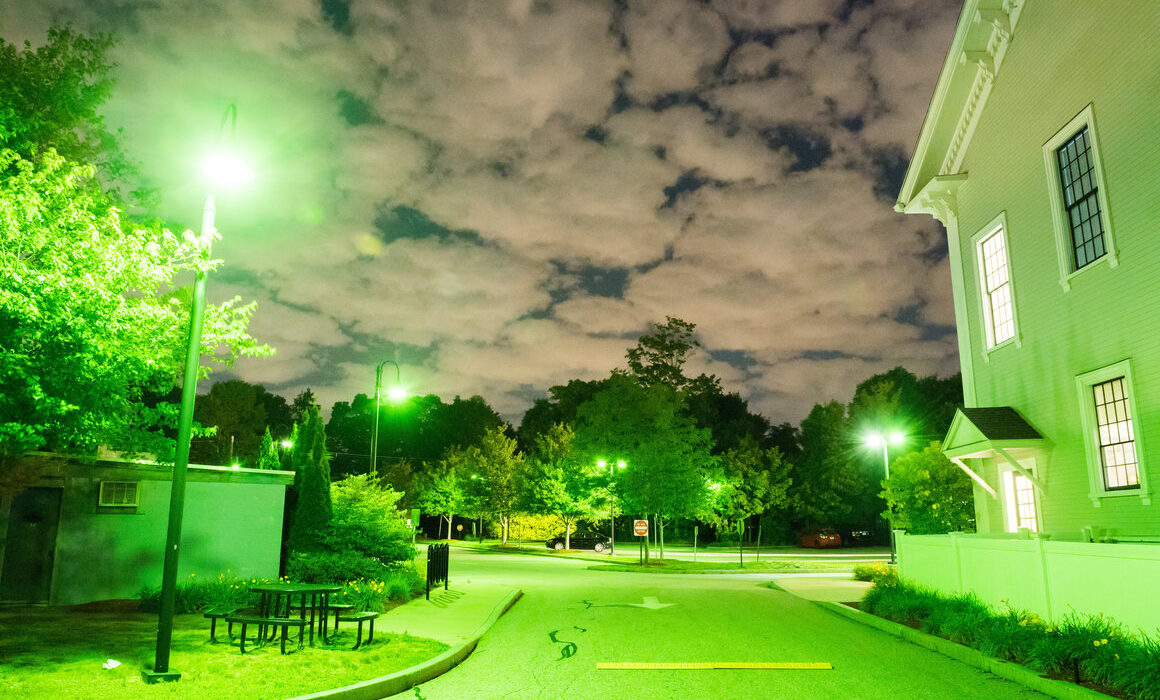Long Now Boston Community Conversation February 5, 02018
Guest speakers: Dan Borelli, Dr. Nikolay Anguelov and Dr. Emilia Javorsky
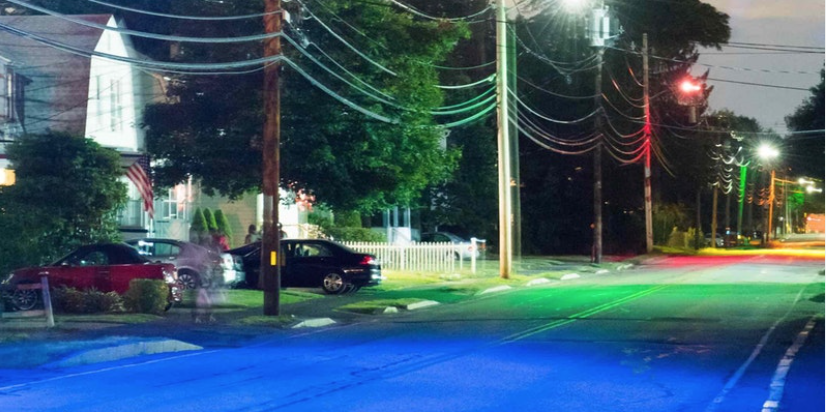
The Existential Frame
Dr. Emilia Javorsky opened the Long Now Boston Community Conversation on February 5 by highlighting the critical need for community and civic engagement in addressing global priorities. The growing number of difficult issues with potentially global impacts demands collective action directed towards human flourishing as opposed to human perishing. This is particularly relevant since most of the existential threats to humanity are now self-created, like climate change, nuclear arms, or artificial intelligence.
Yet more data, and yet more science, have proven inadequate, even counterproductive, in the effort to mobilize people. In order to engage and transform a broader community, we need creativity and inspiration in order to reach and transform human imagination – a task to which art, and story telling more generally, is uniquely suited. Dan Borelli’s remarkable work with the town of Ashland, Massachusetts, shows how this can be done.
Ashland’s Complex Relationship With Color
Dan Borelli grew up in Ashland, Massachusetts, a once-thriving industrial town that until 1978 hosted Nyanza, a leading company producing chemicals and dies for a burgeoning textile industry driven by innovations in color and style – the art of fashion. But, as the chemistry of color and fabric advanced and the consumer demand for exciting new fashions accelerated, the increasingly toxic waste products accumulated on a 35-acre site on Megunko Hill in Ashland and began polluting the nearby stream and leaching into the groundwater. In 1982 that site became one of the nation’s first ten Superfund Cleanup sites: Nyanza Chemical Waste Dump, Ashland MA.
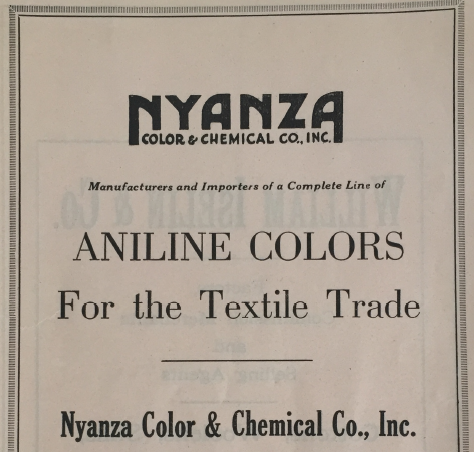
Yet that was not the last chapter in Ashland’s tragedy. In 2006, a report finally confirmed what residents had known for decades – the intensive pollution had led to a 300% increase in cancer rates for the exposed population, some of whom remember playing in the colorful puddles as children. Dan Borelli’s friend Kevin Kane, had led the early investigation of cancer clusters in Ashland, but died of cancer in 1998, at the age of 26, before any official study had ever began.
Dan turned to art to find a way to explore and, potentially, to heal the grief and anger in the Ashland community, through the Ashland-Nyanza Project. With the support of some in the community, he began collecting data and stories and created a library exhibition for the town. He also realized that few were aware that the contaminant plume in the groundwater extended well beyond the Nyanza site. With the help of outside grant funding and support, and the approval of town officials, Dan launched “What Lies Beneath the Surface,” color-coding the local geography in map form and in a town-wide street light display, featured in a series of “walkshop” tours.
“The colors signify areas of concentration- Red being the most concentrated and slowly decreasing into Orange, Yellow, Green, Blue and the Purple roughly mapping the extents of the monitoring area. The result is a polychromatic environment that shifts color in order to create a new cognitive map of place.“
The art project also includes a Healing Garden and Memorial Pavilion featuring twelve polychromatic panels shedding colored light on the ground beneath. Dan’s research had revealed that the hilltop site of Nyanza had originally been native lands of the Nipmuc tribe. Working with representatives of the tribe and town, a Nipmuc Healing Ceremony was held, dedicating the garden and memorial on June 18, 2016. Unfortunately, over the past winter, local vandals broke all of the panels. A restoration plan has not been established.
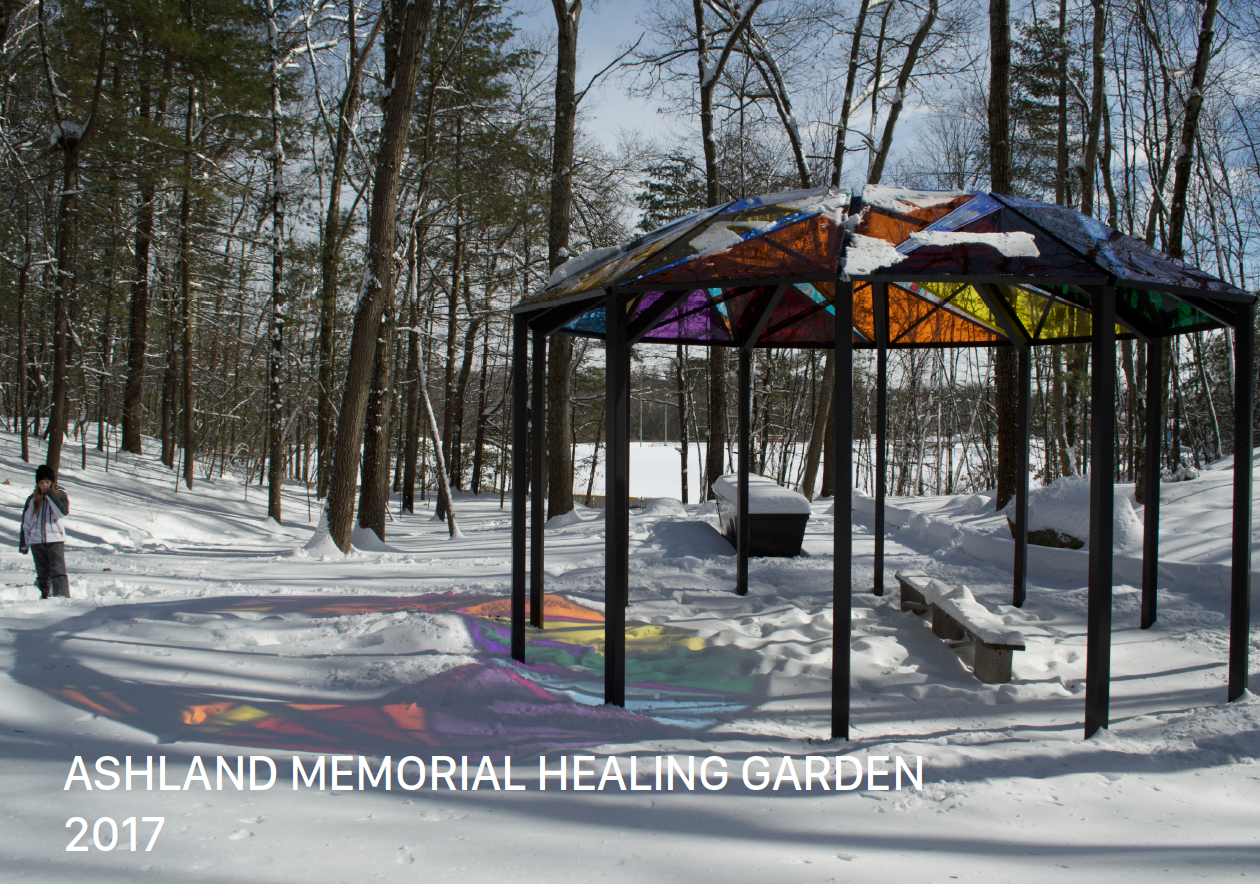
Fashion – from Ashland to Every Land
Nick Anguelov brought a different kind of light to the Long Now Boston Community Conversation. A veteran and student of the global fashion industry, and author of “The Dirty Side of the Garment Industry” (2016), Nick highlighted the connection between Ashland’s tragedy and the consumer and corporate behaviors and trends in the textile industry, particularly in the past few decades. Fashion has been always been driven by color, and by the drive for cheaper clothing and a wider array of enticing options for consumers – a trend called “fast fashion”. Worldwide demand for textiles has been rising much faster than population, and those textiles continue to be treated and colored largely with the same chemicals as in that past, or worse. But, while 95% of US textiles were domestically produced in 1960, that percentage dropped to 3.5 in 2010. Nyanza, and all the US factories like it, just moved overseas. Today, 90% of global textile exports are from 15 of some of the poorest developing countries; as an industry, textiles is the #2 polluter globally, behind agriculture.

The recent branding trends toward “Eco-Fashion” have been marketing driven and largely inconsequential. Open sourcing in much of the textile industry, combined with regulatory policies that support and promote low prices and global trade, make tracing and accountability difficult. In the final analysis, large global brands with control over their supply chain are the one segment of the industry that may be sensitive to consumer and investor demands. Until significant reforms are achieved, the tragedies of Ashland will continue to occur around the world, but largely in places that consumers do not know about or, possibly, do not care about.
Conclusion
Dan Borelli’s artistic efforts succeeded in illuminating the reality of Ashland’s history and helped transform its self-identity, shedding both the romanticized past of industrial success and corresponding denial, as well as the horrifying tragedy of its industrial poisoning. The goal of any such effort is to empower people with visceral, personal imagery that enlivens the imagination.
“It took science decades to catch up to the intuition that people had. Culture is another form of knowledge production.”
This is where the conversation of the audience and the panel converged. It is not enough to feel anger and outrage, and it is exceedingly dangerous to succumb to apathy or moral fatigue. People need awareness and education, but they also need hope and inspiration. Personal contact, compelling images and imaginative storytelling can influence people at the intuitive, gut level in ways that data, analysis and argument cannot. Here lies the hope for changing the future.
____________________________
A Personal Note from George Gantz:
Covering this event brought up an important part of my own personal history. From 1946 to 1951, my father, a PhD Chemist, was the technical director of the Lincoln Bleachery and Dye Works outside of Pawtucket Rhode Island. It is very, very likely that his company purchased supplies, including analine dyes, from Nyanza, and that he knew some of the employees. My family moved away in 1951, but 19 years later, in 1969, my father died of pancreatic cancer.
____________________________
Long Now Boston
LONG NOW BOSTON is in the process of forming as a 501©(3) that will be organizationally independent from but philosophically aligned with the Long Now Foundation. Long Now Boston is intended to provide a forum for discussing, investigating and engaging in issues that have long term implications for our global cultures. Long Now Boston hosts a monthly Community Conversation series at the Café ArtScience in Cambridge, MA.
The next Community Conversation will be held on March 5th and will feature a presentation by Dr. Martin Elvis, of the Harvard-Smithsonian Center for Astrophysics, on “Asteroid Futures: Decades, Centuries, Millennia”. Doors open at 6PM and the presentation begins at 7PM. Tickets will be available soon at Eventbrite.com.
____________________________
Biographies
Dan Borelli, a resident of Ashland, MA started an art-based research inquiry into the Nyanza Superfund Site in Ashland Massachusetts as part of his Master studies at the Harvard University Graduate School of Design. Nyanza is one of the first 10 sites that launched the EPA’s Superfund program and Dan’s project makes public hidden narratives of cancer clusters, human loss, activism, and ultimately regeneration with the support of Harvard Innovation Learning Technology, ArtPlace America and NEA Our Town grants.
Dr. Nikolay Anguelov is Assistant Professor in the department of Public Policy at the University of Massachusetts, Dartmouth. He has a Ph.D. in Policy Studies with a focus on Rural and Regional Economic Development from Clemson University. His research is interdisciplinary with a focus on international trade and diplomacy. His last two books are Economic Sanctions Soft Power: Lessons from North Korea, Myanmar and the Middle East (Springer) and The Dirty Side of the Garment Industry: Fast Fashion and Its Negative Impact on Environment and Society (CRC Press).
Dr. Emilia Javorsky MD, MPH is focused on the invention, development and commercialization of new medical therapies using a problem-focused approach. Emilia received her undergraduate degree from Columbia University, her masters from Boston University, her medical degree from the University of Massachusetts, and completed her post-doctoral research at Massachusetts General Hospital. Currently she is involved in early-stage life science ventures. She also leads an Artificial Intelligence in Medicine initiative, and is launching programming on Imaginaries & the Future with the Future Society at Harvard Kennedy School. She was a Fulbright-Schuman Scholar to the European Union, is a TEDx speaker, a member of the World Economic Forum’s Global Shaper community, and was honored as part of the Forbes 30 Under 30 Class of 2017 in Healthcare.
